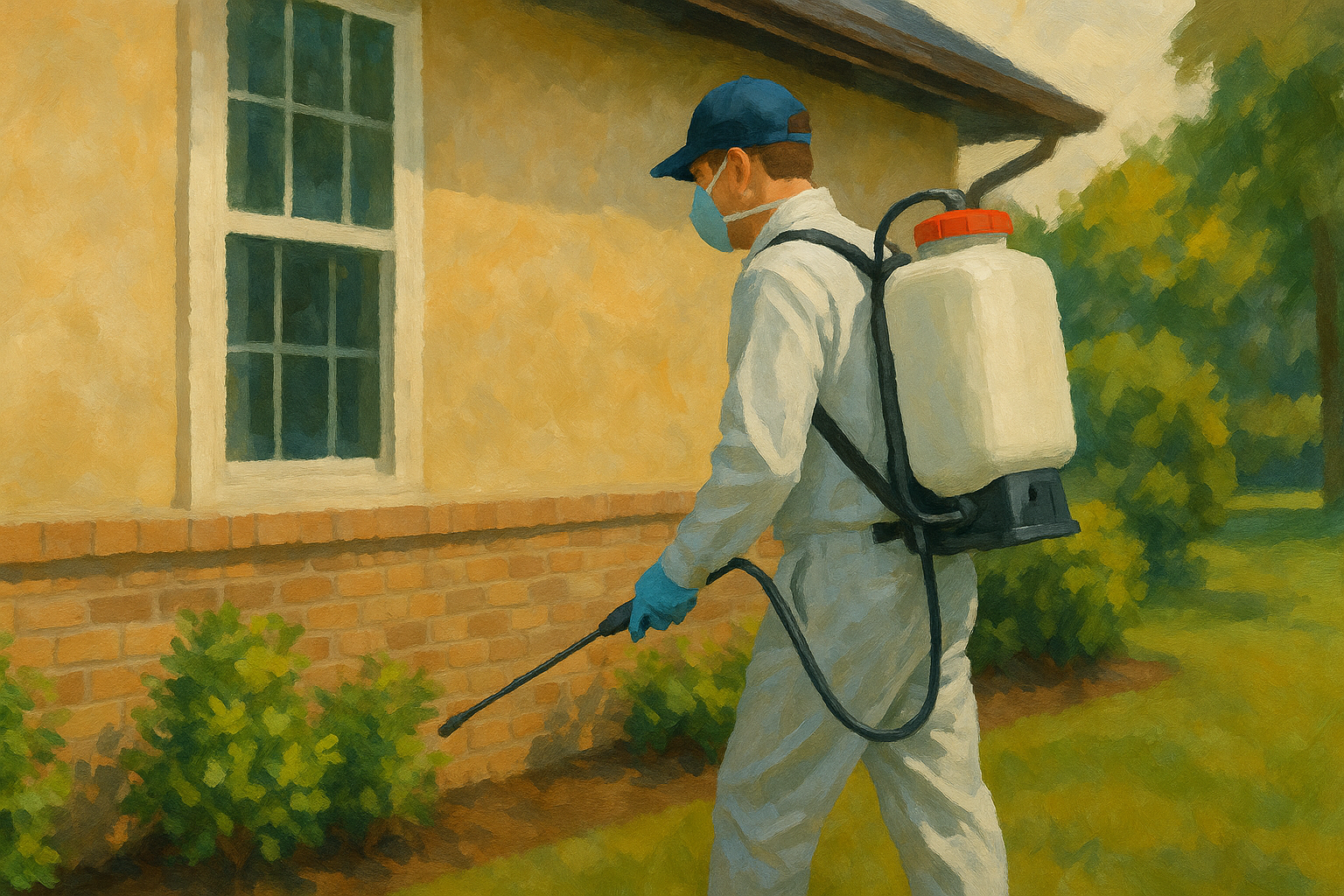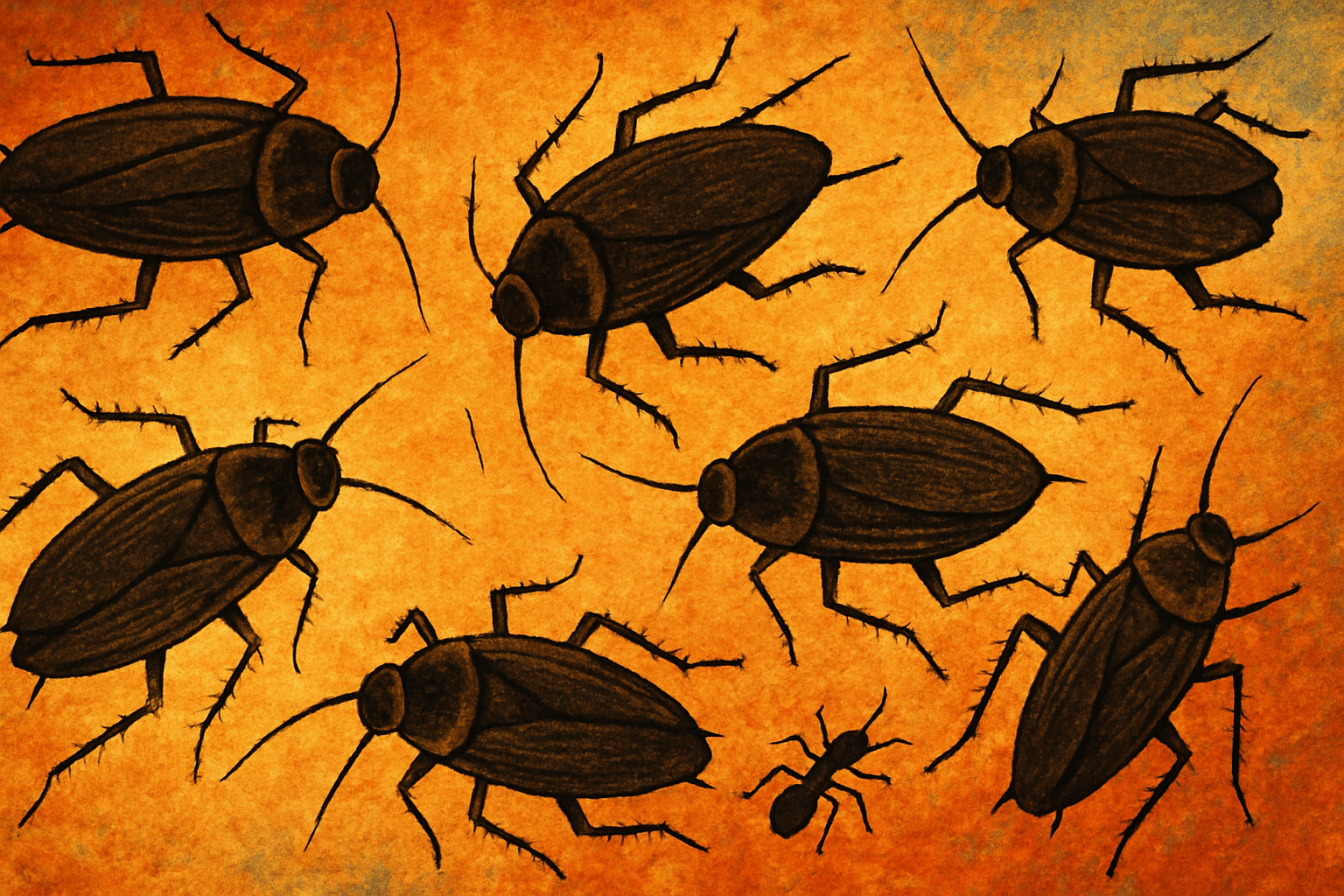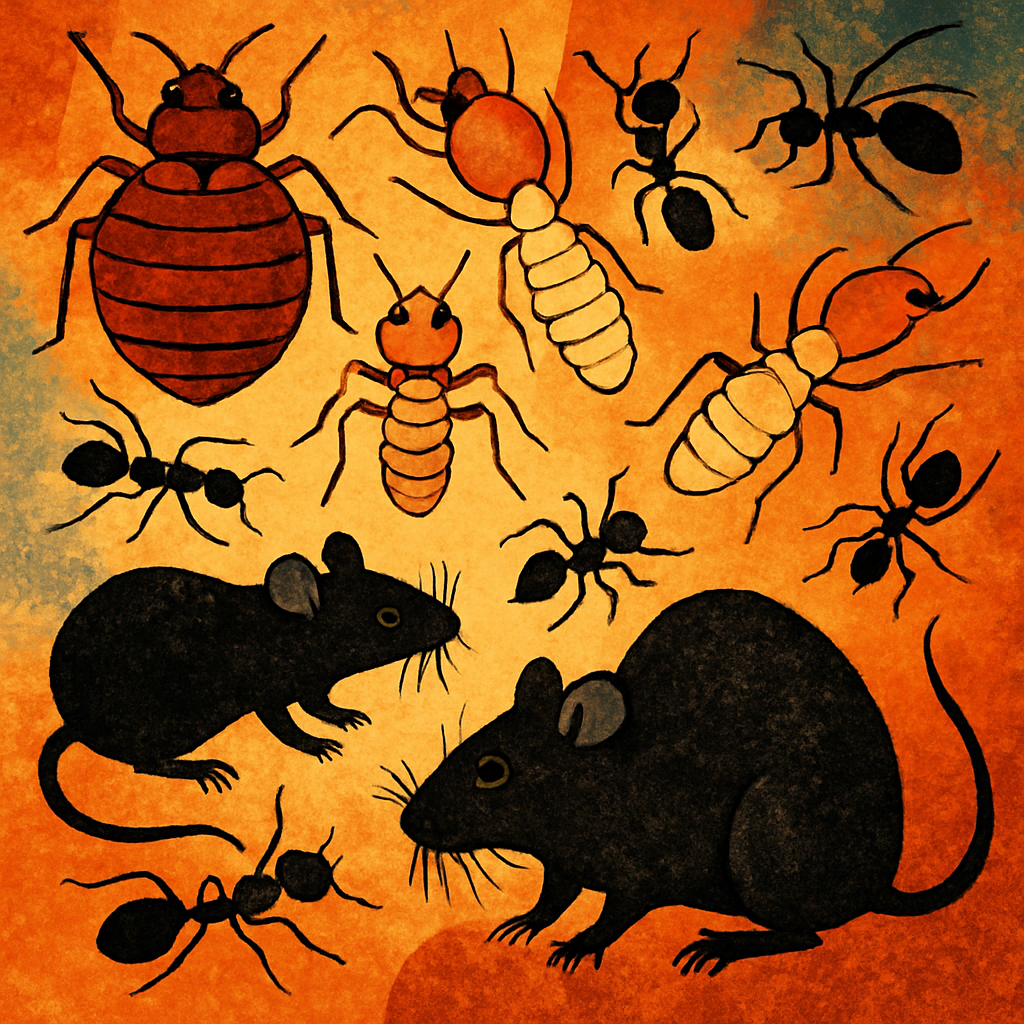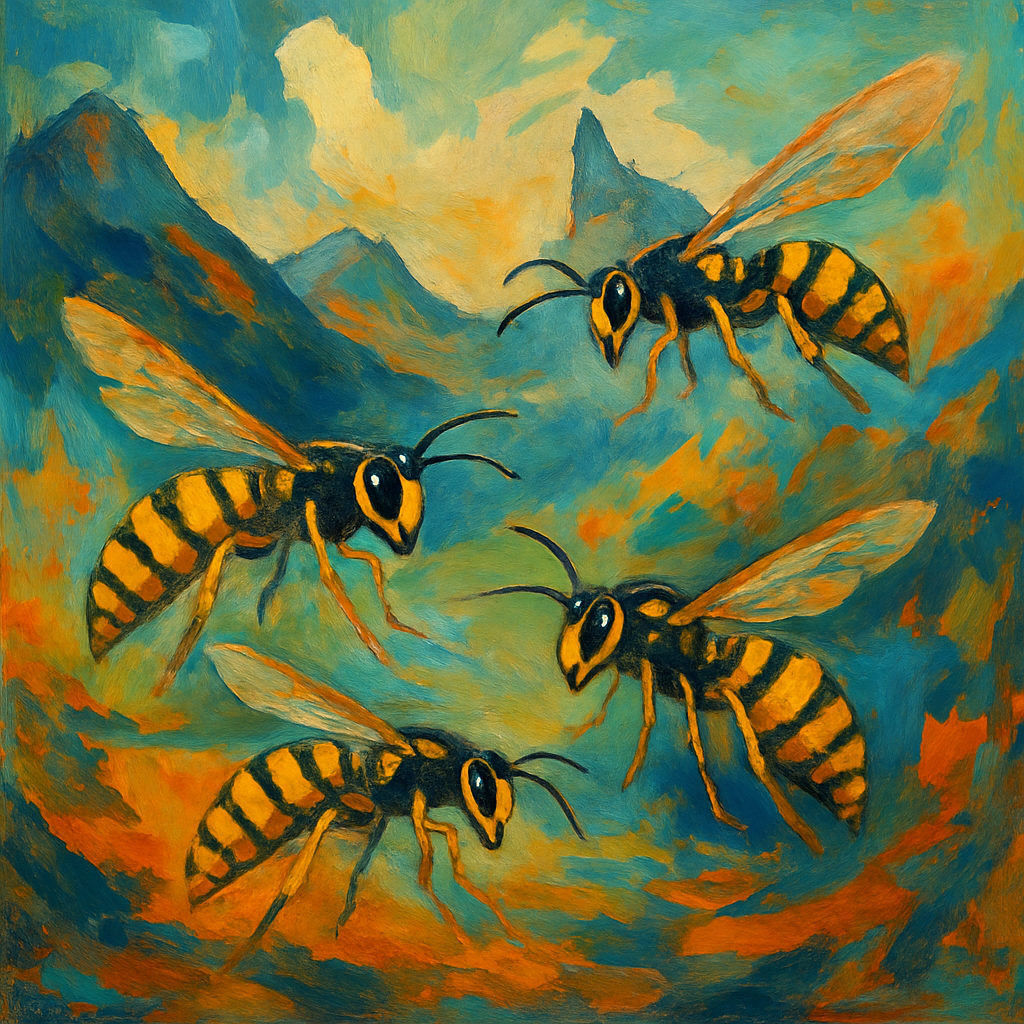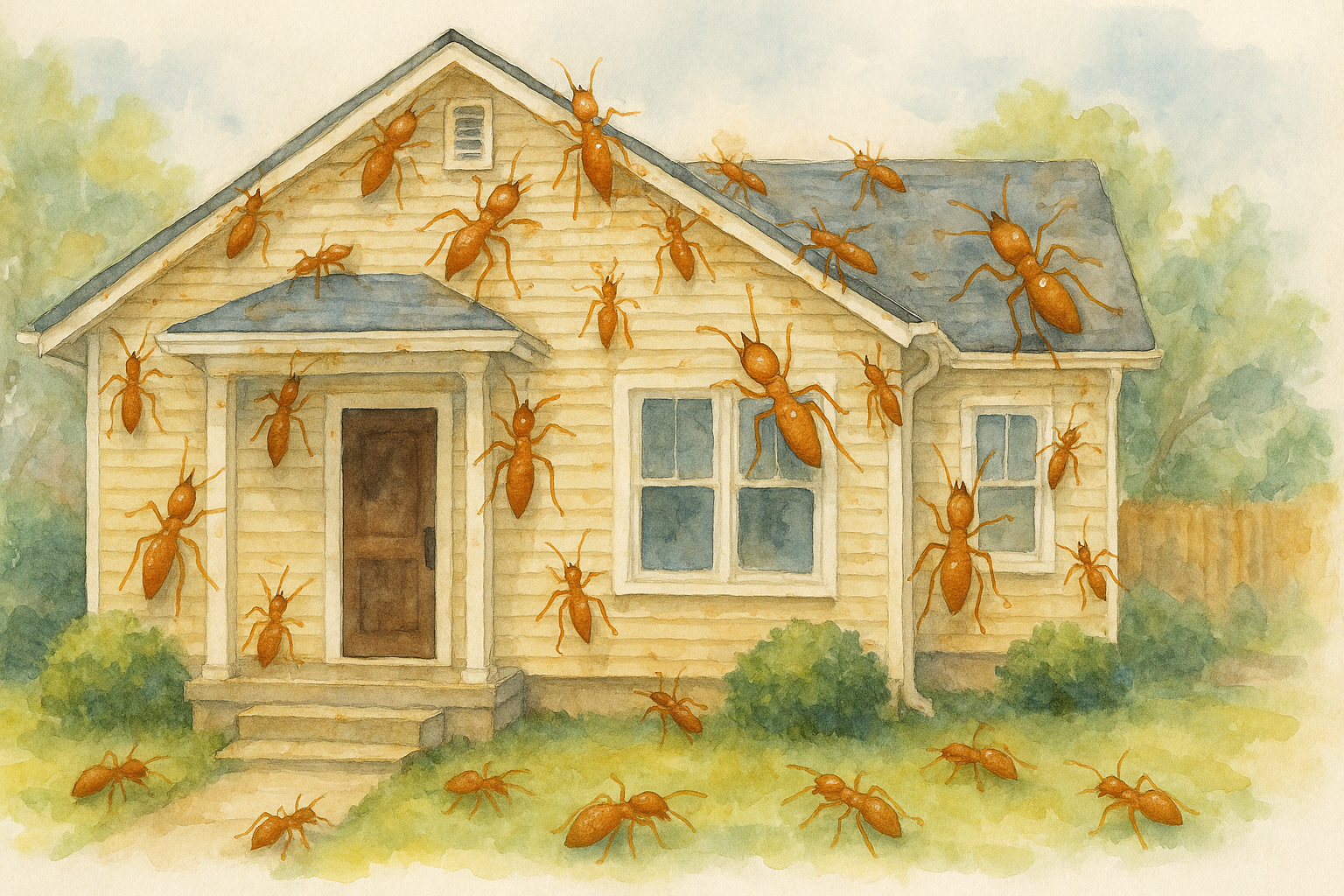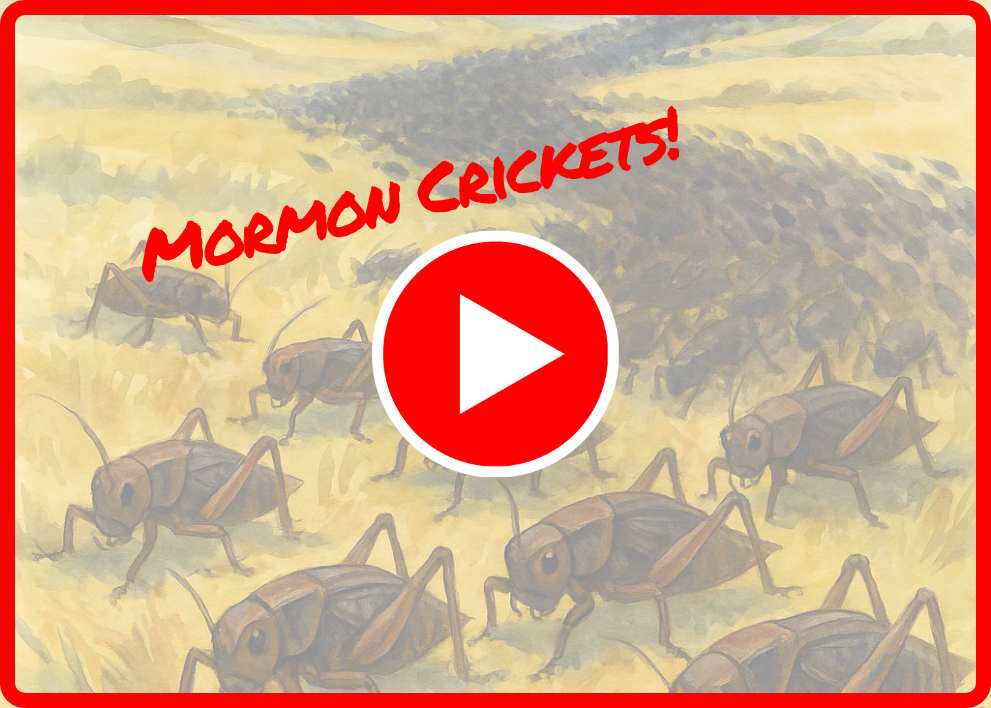Western Black Widow (Latrodectus hesperus)
In the arid landscapes of the western United States, a master of ambush quietly spins its web under the cover of darkness. This is the Western Black Widow, Latrodectus hesperus, one of nature's most fascinating and feared arachnids. Known for its glossy black body and the iconic red hourglass marking on its abdomen, this species has long been both admired for its beauty and feared for its potent venom.

Habitat and Behavior
The Western Black Widow can be found across a vast range of environments, from arid deserts to bustling suburban areas. They seek out dark, sheltered spaces where they can build their tangled, irregular webs. In the wild, they may hide beneath rocks or logs, but in human habitats, they are drawn to garages, basements, woodpiles, and even outdoor furniture—anywhere that offers shelter from the elements and a steady supply of insects to feed upon.
Here, in the quiet corners of human life, they lurk—unseen, yet ever-present. Their stealthy presence is often unnoticed, but their impact can be significant, especially when they inhabit places close to human activity.
The Art of the Ambush
The Black Widow is a patient hunter. Unlike spiders that actively chase their prey, Latrodectus hesperus prefers a more passive approach. She waits in her web, motionless, until the vibrations of an unfortunate insect trigger her lethal instincts. With remarkable speed, she rushes forward, delivering a bite that injects a cocktail of neurotoxins. Within moments, her prey is paralyzed, and she begins the process of consumption.
Her venom, while designed for incapacitating insects, has a different effect on humans. Though rarely fatal, a bite from the Western Black Widow can cause severe pain, muscle cramps, and nausea. This potent neurotoxin has earned her a formidable reputation, one that often leads to encounters with pest control professionals, particularly when these spiders venture too close to human dwellings.
Mating and the Widow’s Legacy
Perhaps the most infamous aspect of the Black Widow is its name, derived from the species’ mating habits. Females, significantly larger than their male counterparts, occasionally consume their partners after mating—a behavior that has been mythologized over centuries. However, this "widowing" is not as common as popular culture might suggest, and many males do manage to escape unscathed after mating.
After mating, the female lays her eggs, carefully guarding them in a silk sac. This brood may contain hundreds of spiderlings, which disperse shortly after hatching, carried on the wind in a phenomenon known as "ballooning." It is at this vulnerable stage that they may begin their life journey in proximity to human habitations, where they become a potential concern for homeowners.
The Role of Pest Control
Despite their fearsome reputation, Western Black Widows play a critical role in controlling insect populations, particularly pests like flies and beetles. However, their presence in or near homes can pose a risk to Boise families, pets, and workers. Because of this, their control is often necessary in certain environments.
"Pest control professionals," one might note, "are the quiet custodians of balance in human habitats, stepping in when nature’s hunters overstep their welcome." In regions where the Western Black Widow is common, pest control services are often called upon to safely remove these spiders from homes and businesses. The goal is not only to protect humans from bites but to maintain a delicate balance between nature’s order and human comfort.
In many cases, pest control teams employ non-lethal methods, relocating the spiders to more suitable environments where they can continue to play their role in the ecosystem. Prevention, too, is key—removing clutter, sealing cracks, and keeping outdoor areas clean can help deter Black Widows from settling too close to human activity.
Human Interaction and Conservation
Though often misunderstood, Latrodectus hesperus poses a fascinating study in the balance between nature’s beauty and danger. Its venom, lethal to insects and painful to humans, has even been studied for its potential medicinal uses. Yet, its proximity to human habitats necessitates a respectful but cautious approach.
"In the world of pest control," Attenborough might reflect, "we are not waging war, but negotiating peace. A peace where creatures like the Western Black Widow can continue their role in nature, without conflict, within the boundaries we must draw."
Conclusion
The Western Black Widow remains one of the most iconic spiders in the western United States, a symbol of the fine line between admiration and caution. As we learn more about these remarkable creatures, it becomes clear that their role in nature, though sometimes feared, is indispensable. But as they weave their webs closer to human homes, pest control professionals ensure that harmony between species is maintained—allowing both humans and Black Widows to coexist, each in their rightful place.
And as with all species that share our world, understanding is the key to both safety and appreciation.
Contact Today For $100 Off Your Initial Service!
⭐⭐⭐⭐⭐
Backed by our Bigfoot Guarantee!
What Customers Are Saying:
"Everyone from Bigfoot is awesome. They are always on time. They're extremely thorough. I've not had a single issue in the two years they have been treating our home. Well worth it!"
T. Potter | Meridian, ID
